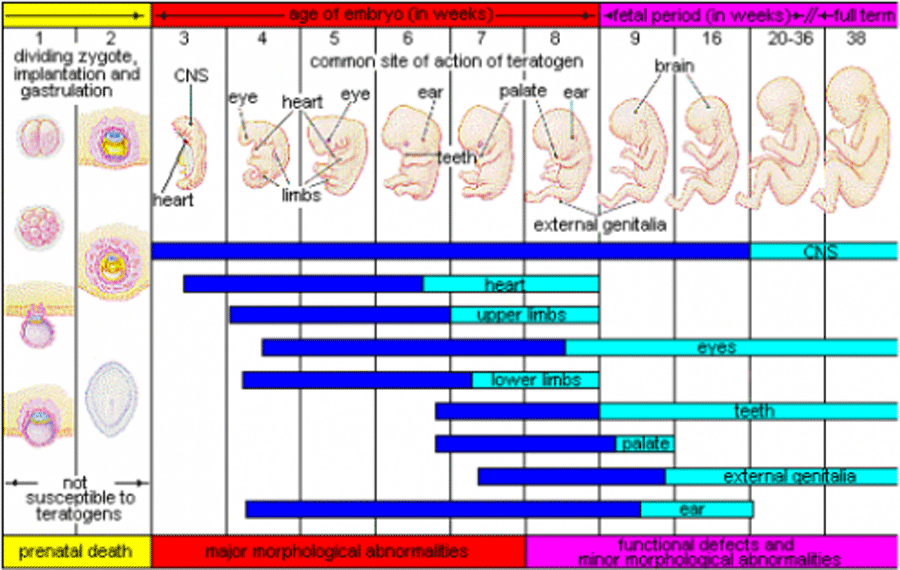Children Are Not Little Adults!
A. Overview
- Children are often more likely to be at risk from environmental hazards than adults because of:
- Unique activity patterns and behavior.
- Physiological differences.
- Windows of susceptibility during early lifestages including fetal development and puberty.
- Children are also dependent upon adults to ensure that their environment is safe.
B. Unique Activity Patterns + Behavior
- Children crawl and play close to the ground making them more likely to come into contact with dirt and dust, which can include toxicants.
- Children often put their hands, toys, and other items into their mouths.
C. Physiology
- Children eat, breathe, and drink more relative to their body mass than adults do.
- Children’s natural defenses are less developed.
- More permeable blood-brain barrier.
- Less effective filtration in nasal passages.
- Highly permeable skin.
- Lower levels of circulation of plasma proteins.
- Digestive system, metabolic pathways, renal clearances, and vital organs are still developing.
D. Windows of Susceptibility
- The timing of exposure to chemicals or other insults is critical in determining the consequences to children’s health.
- Because of the differing windows of susceptibility, the same dose of a chemical during different periods of development can have very different consequences.
- For example, fetal loss or birth defects are most likely to occur as a result of exposures to chemicals during the embryonic period, when organs are beginning to differentiate.
- Even after the basic structure of an organ has been established, disruption of processes such as growth and cell migration can have lifelong consequences on the function of key organ systems.
- Due to the complexity and speed of development during the prenatal period, organ system development is particularly susceptible to adverse effects resulting from environmental exposures (See image below).

